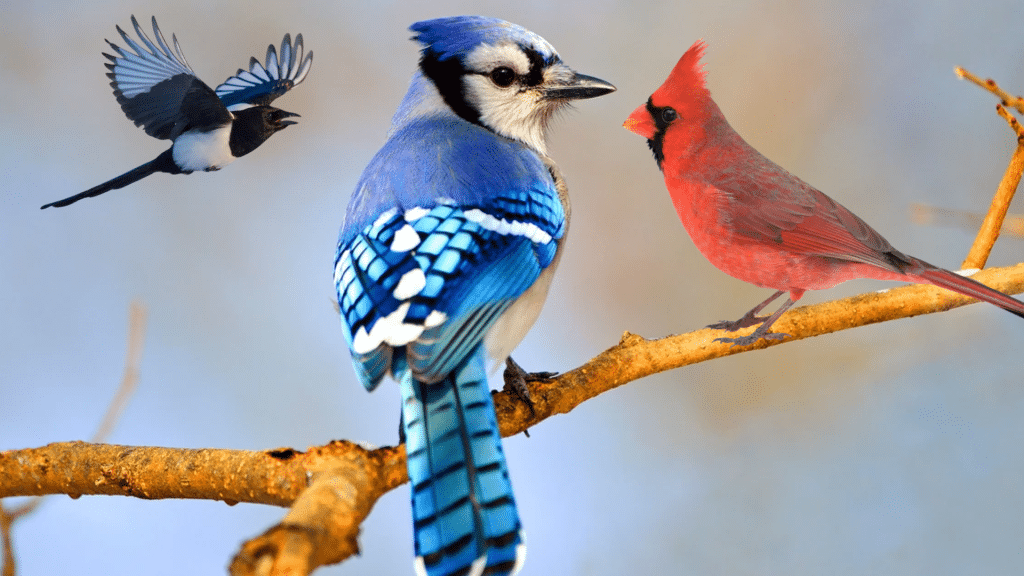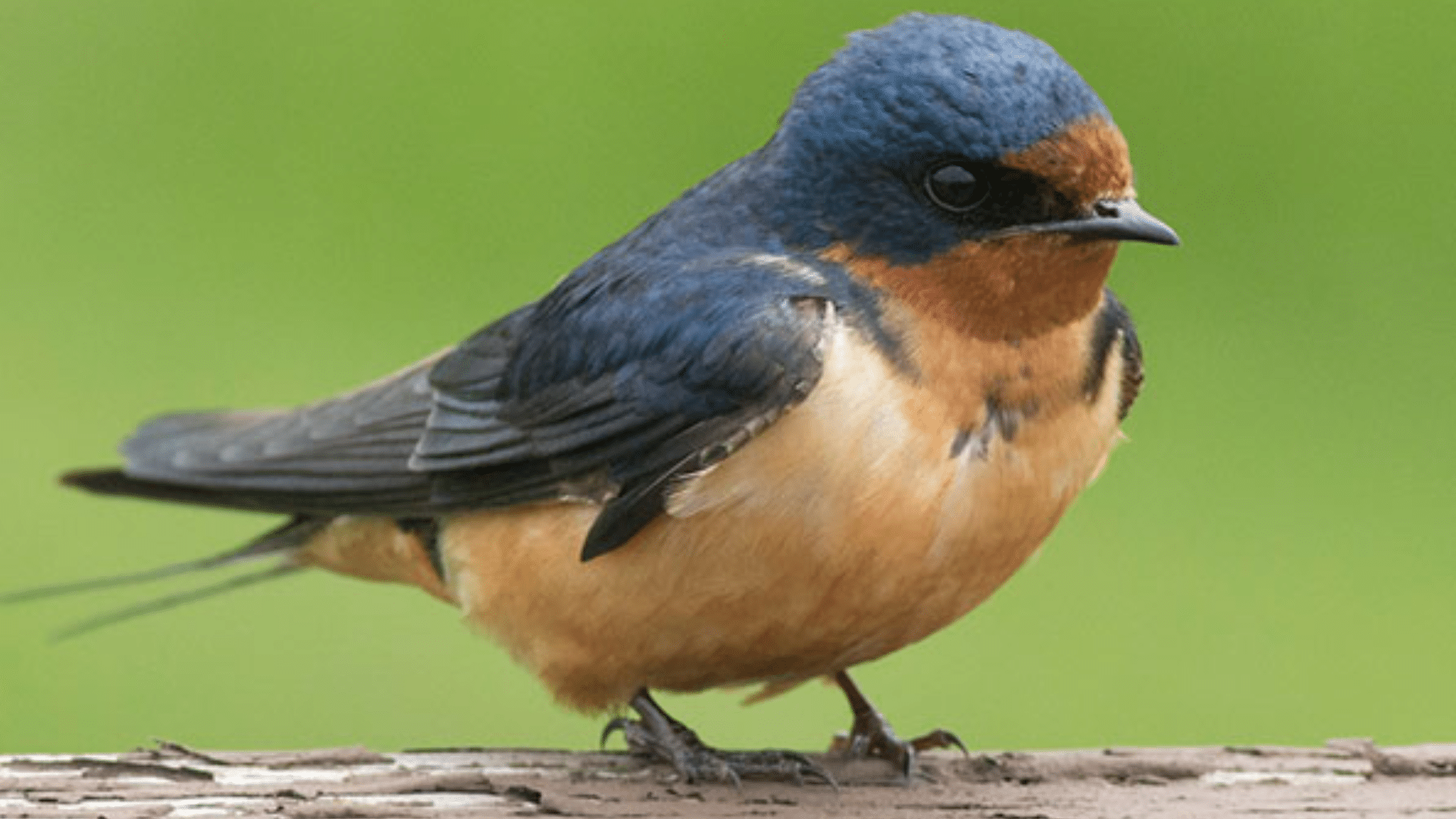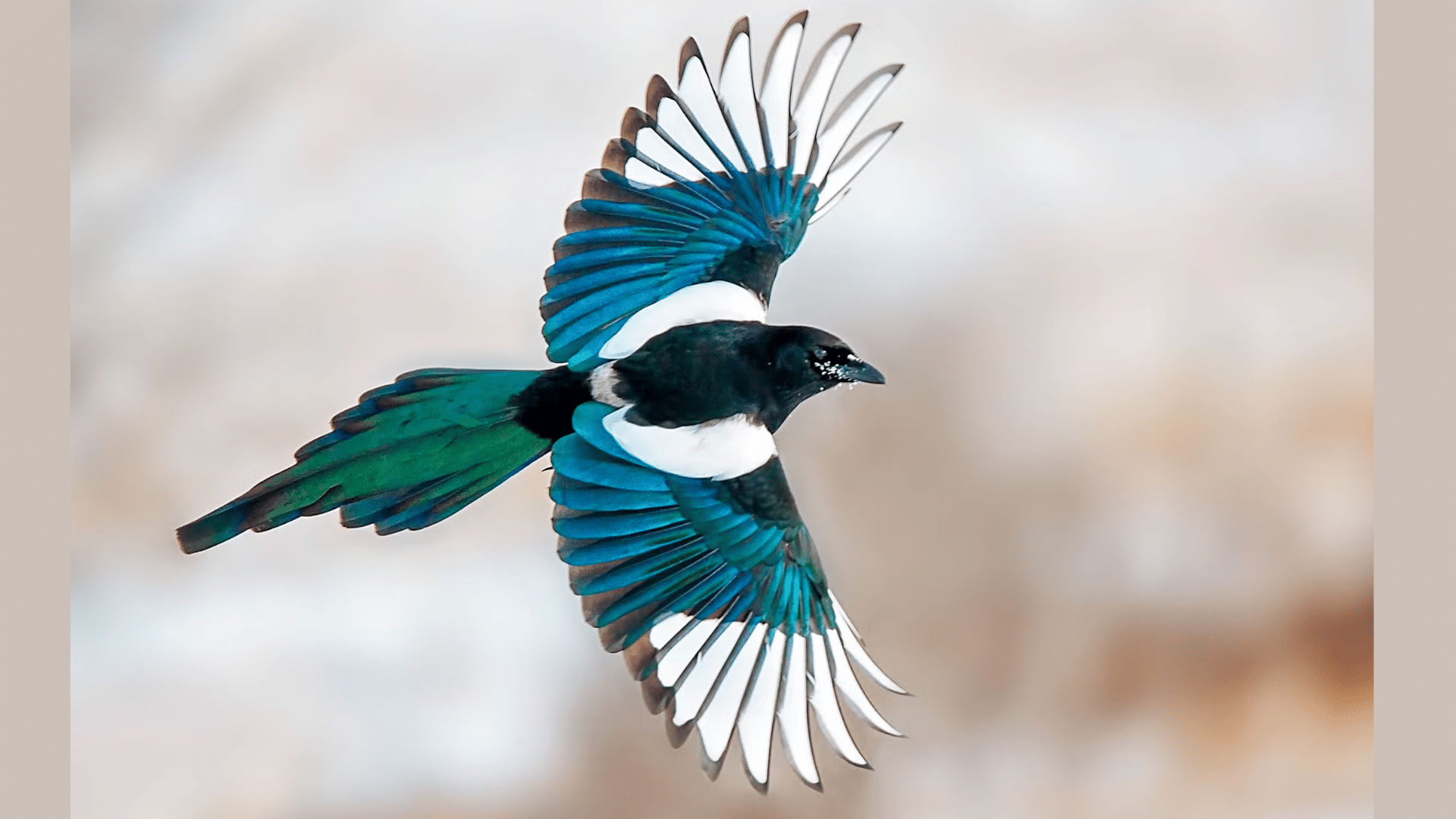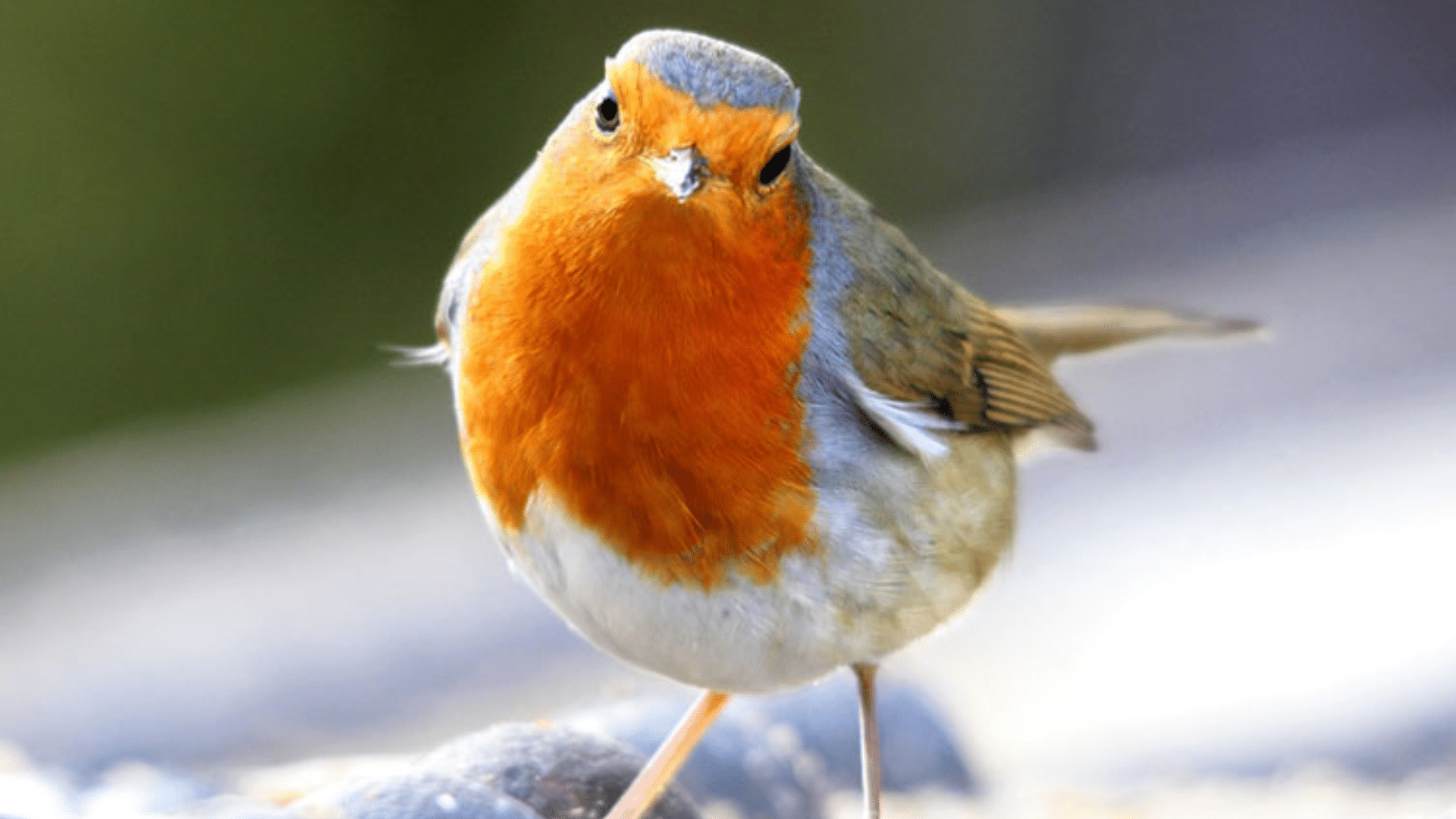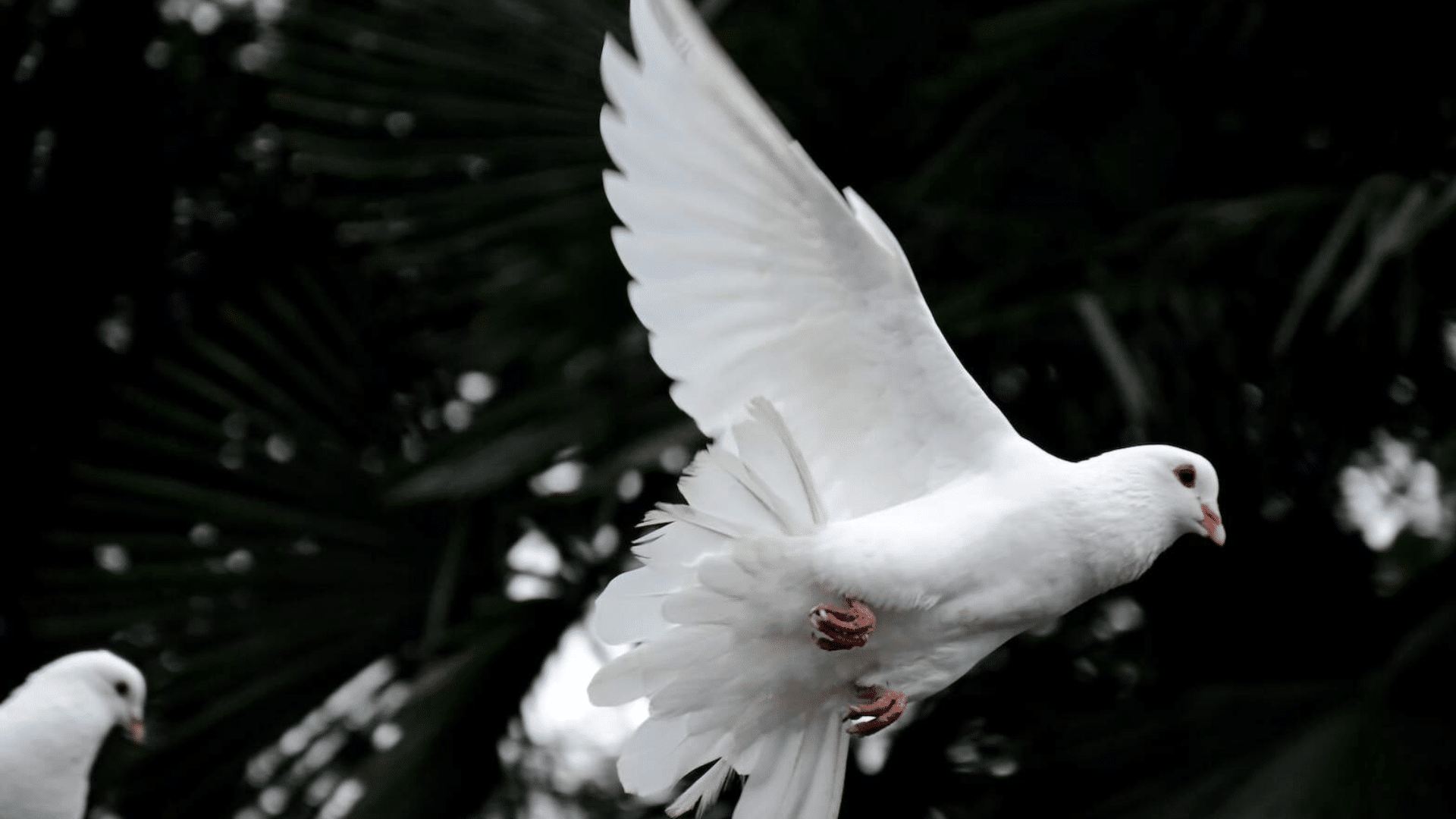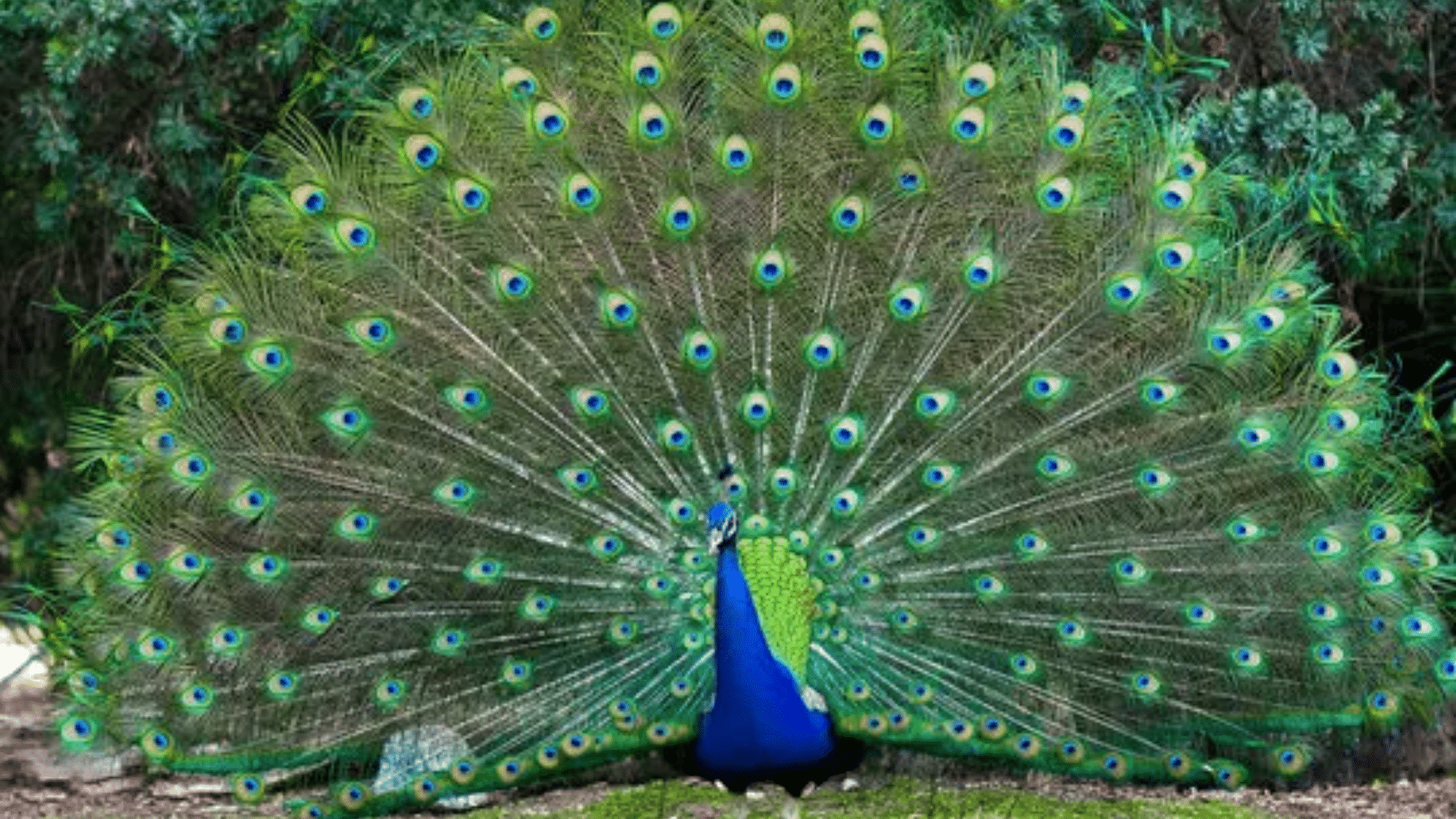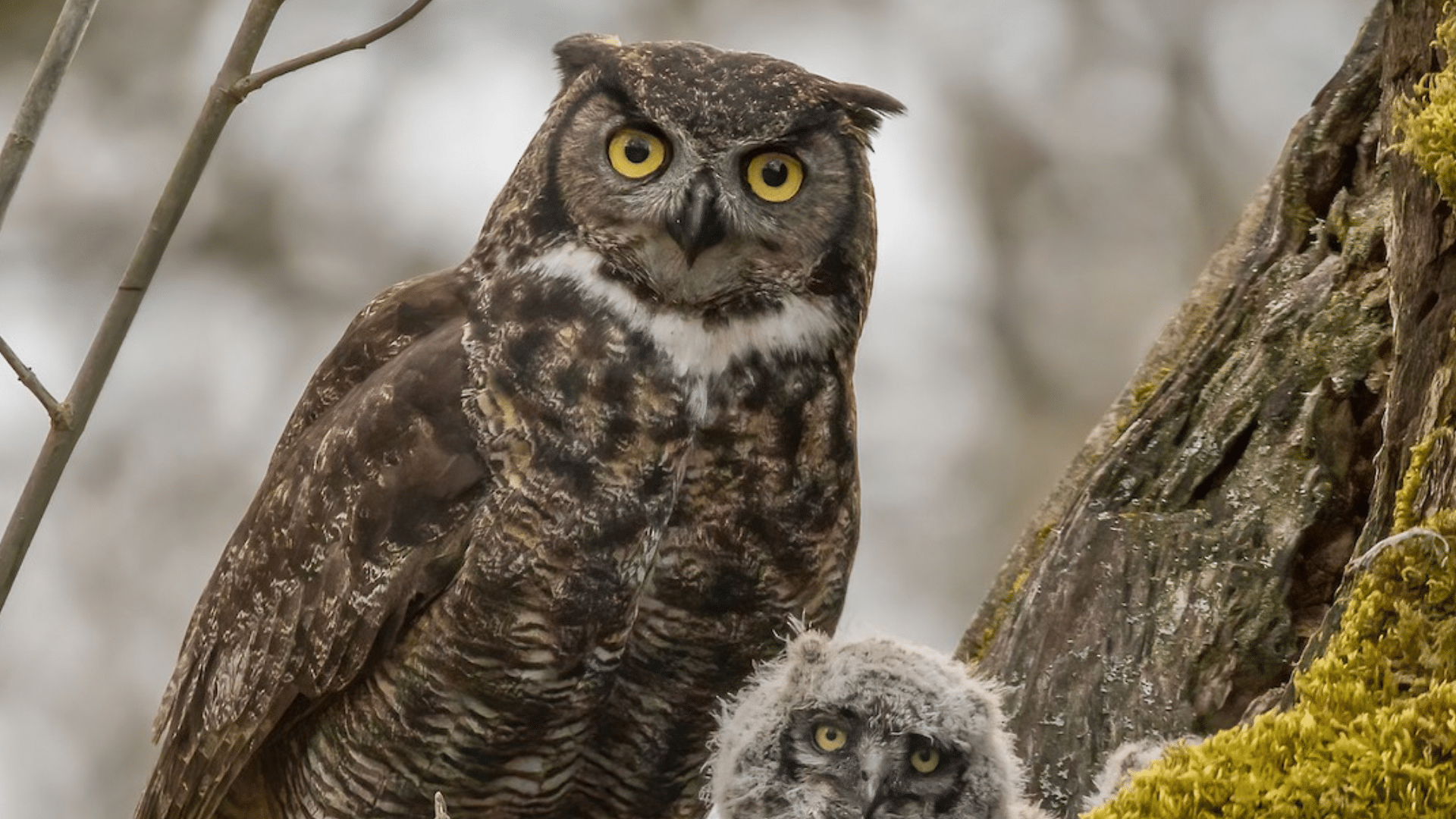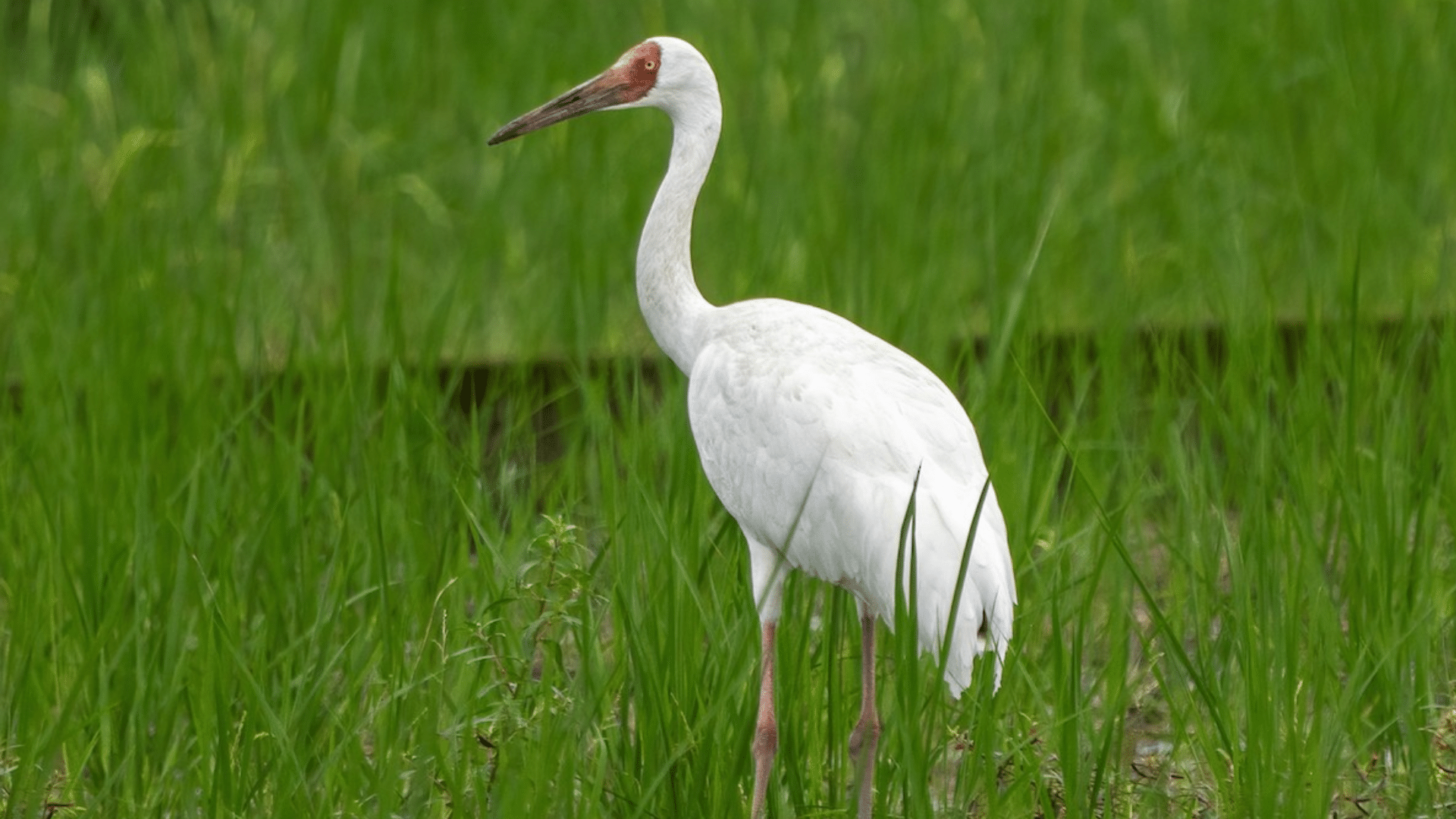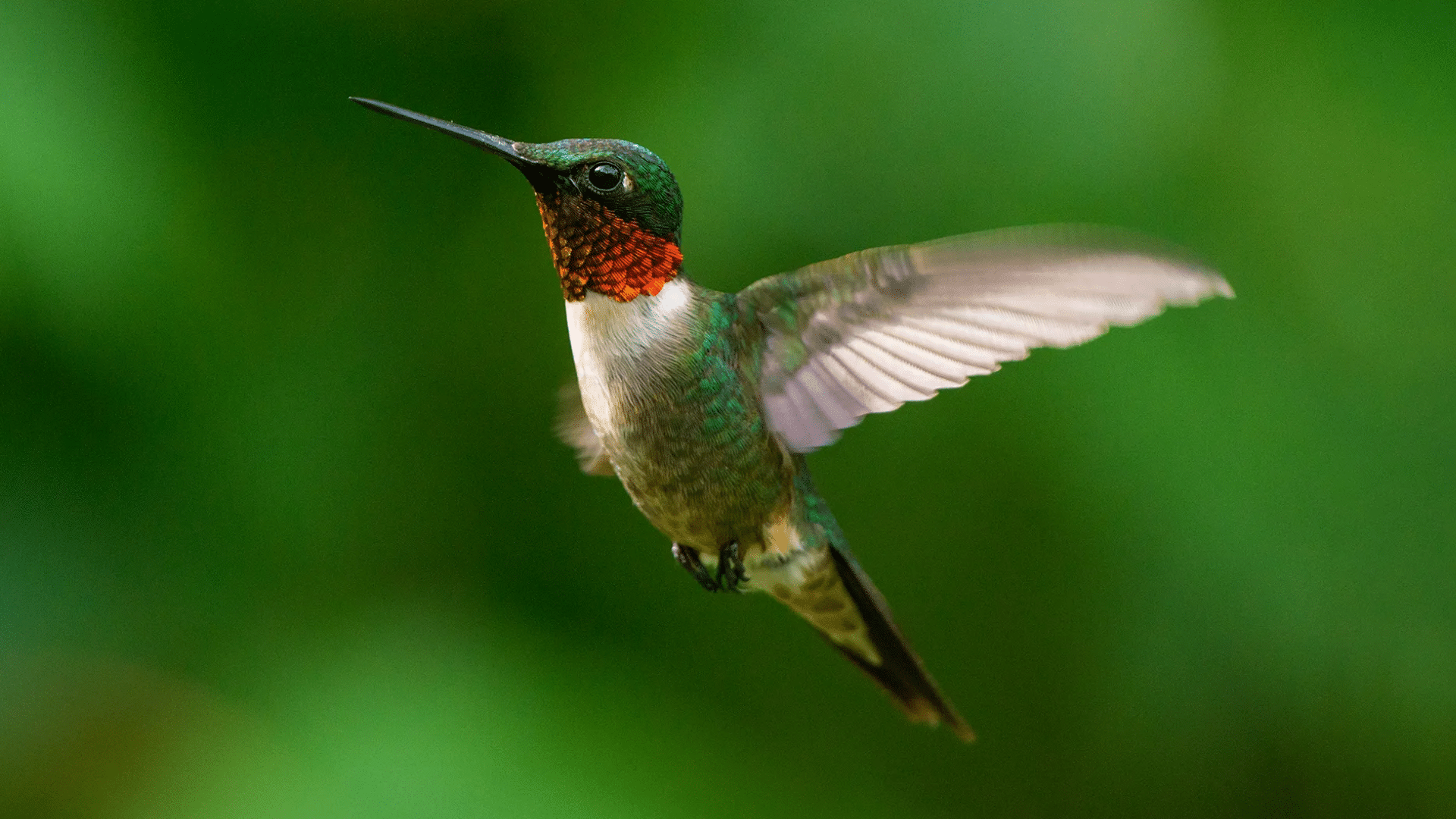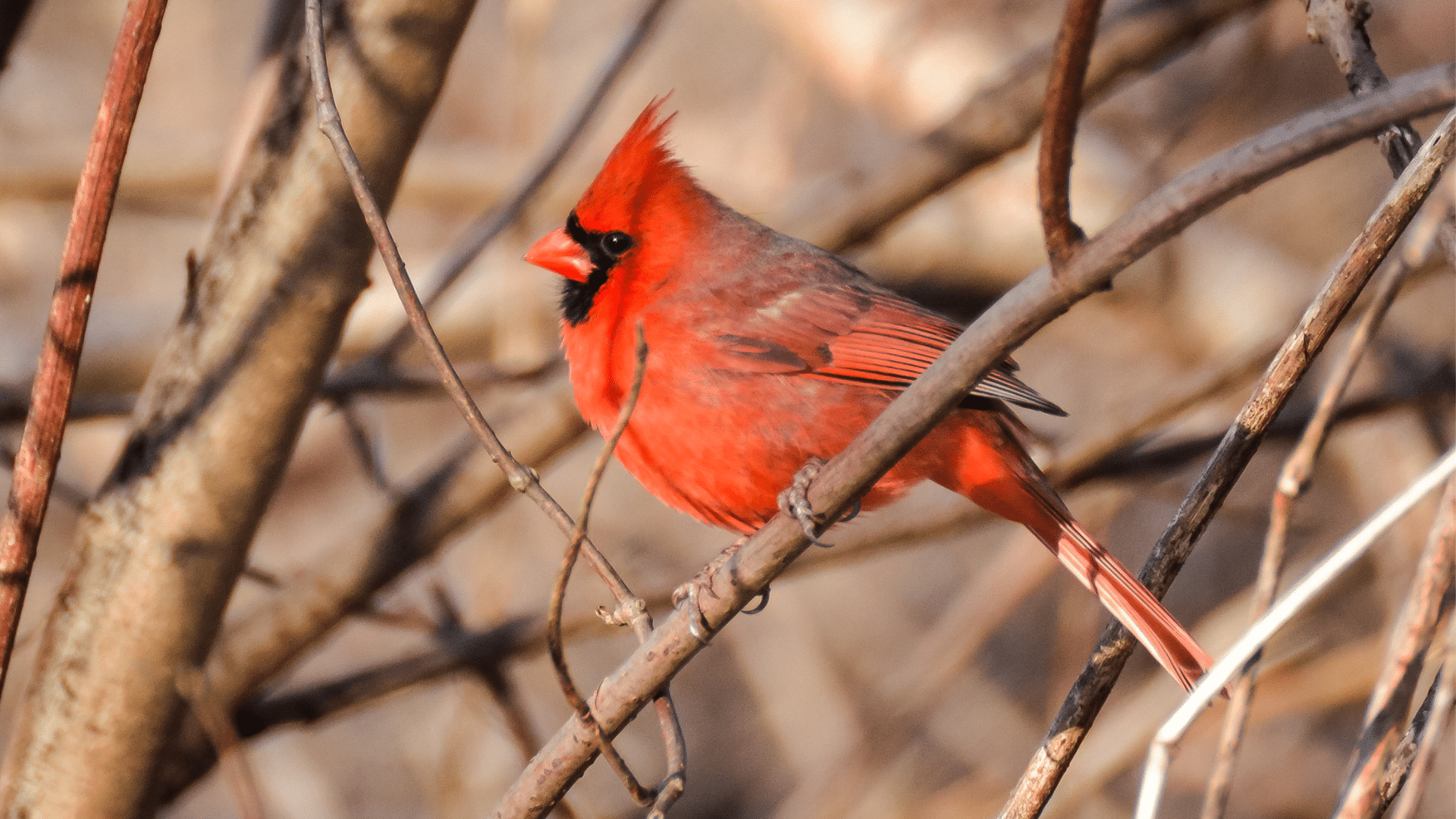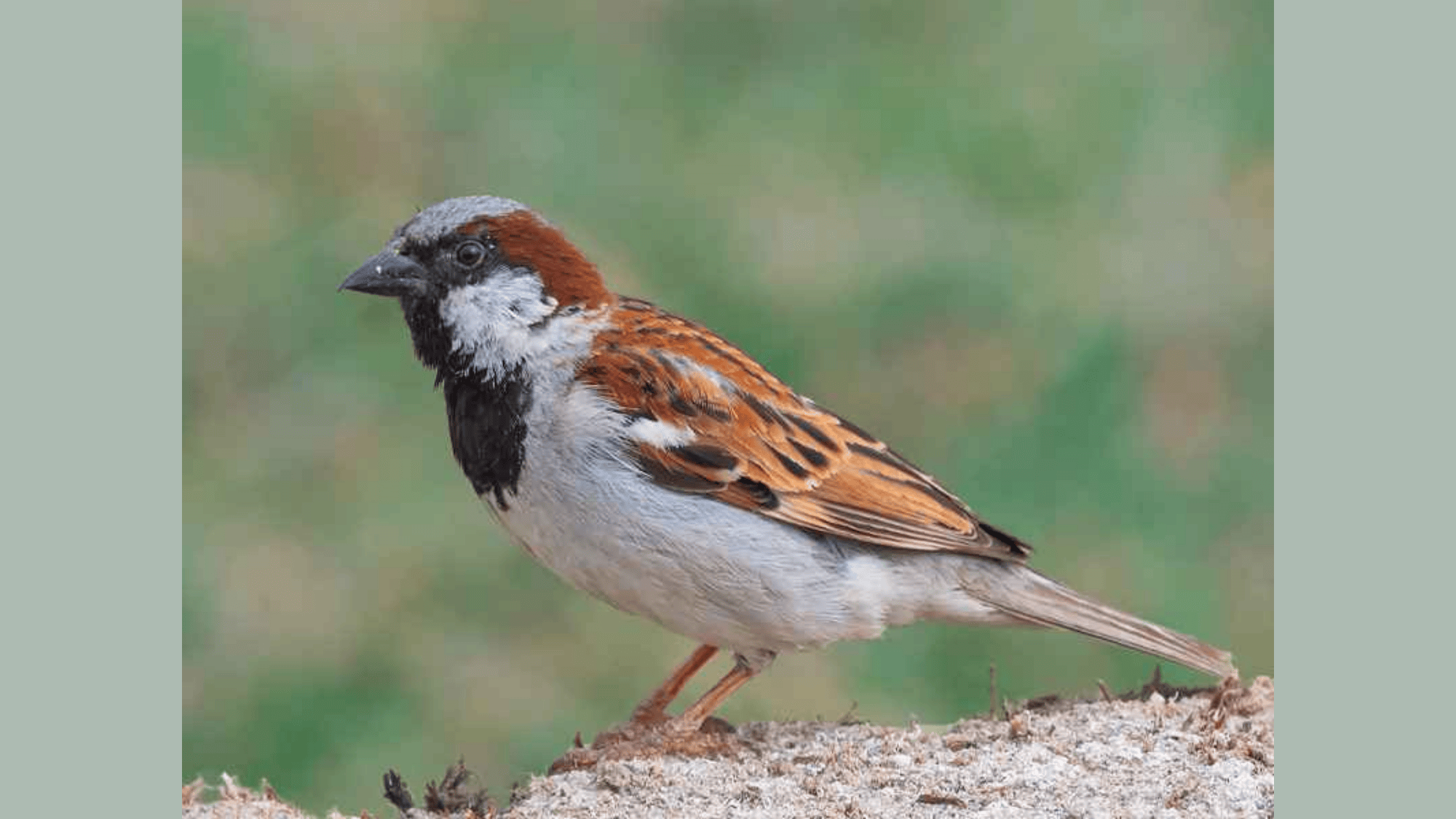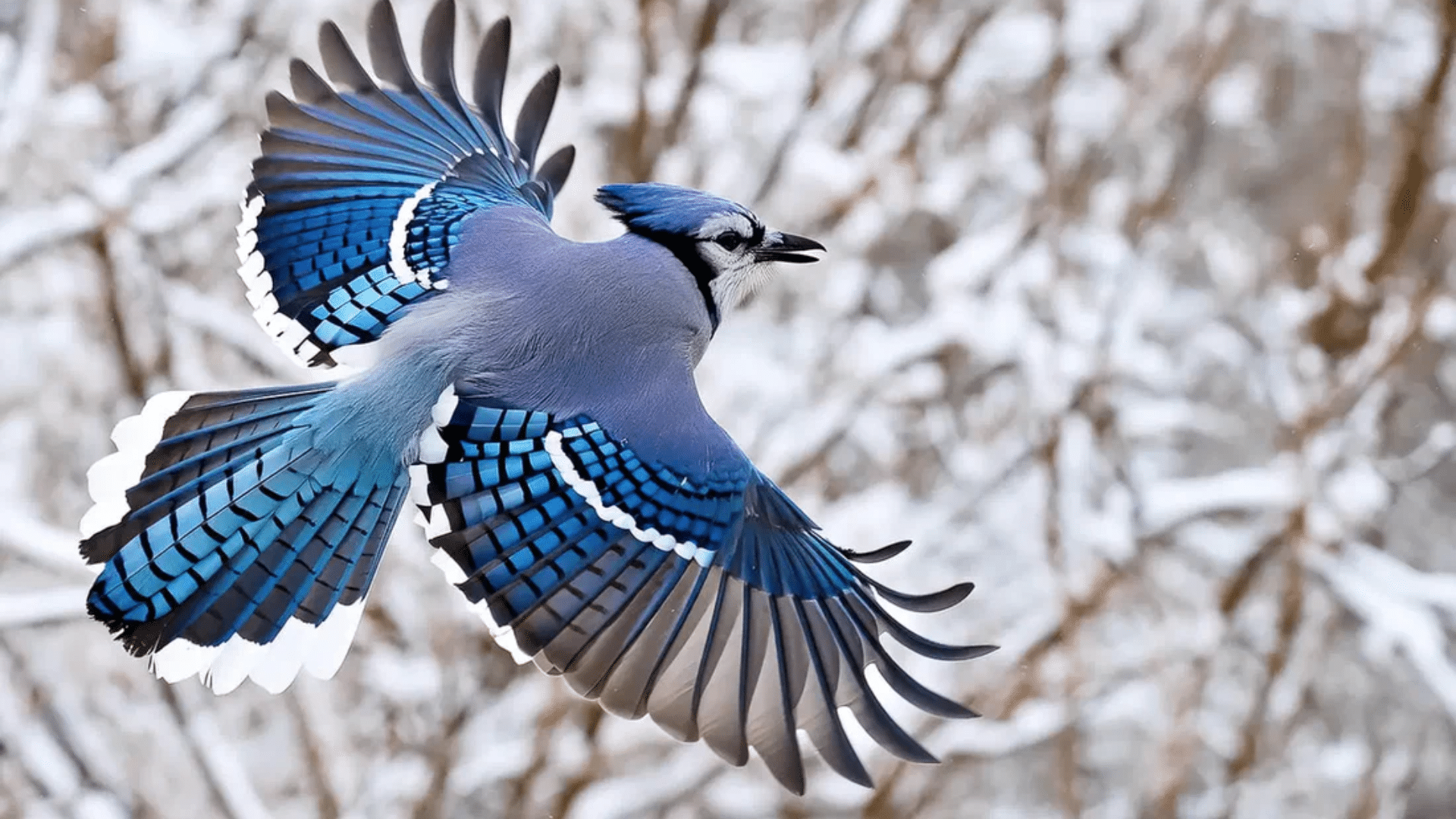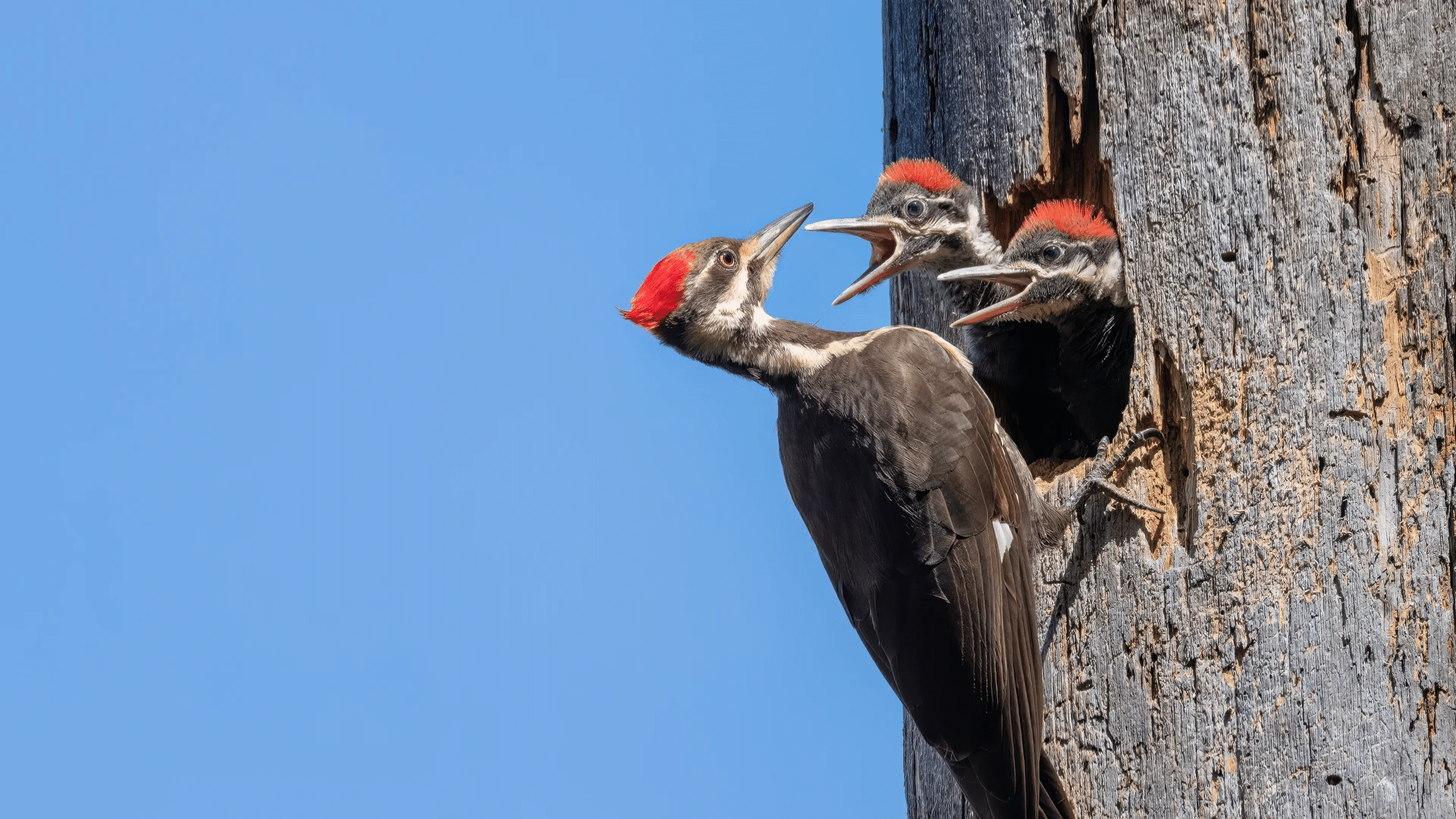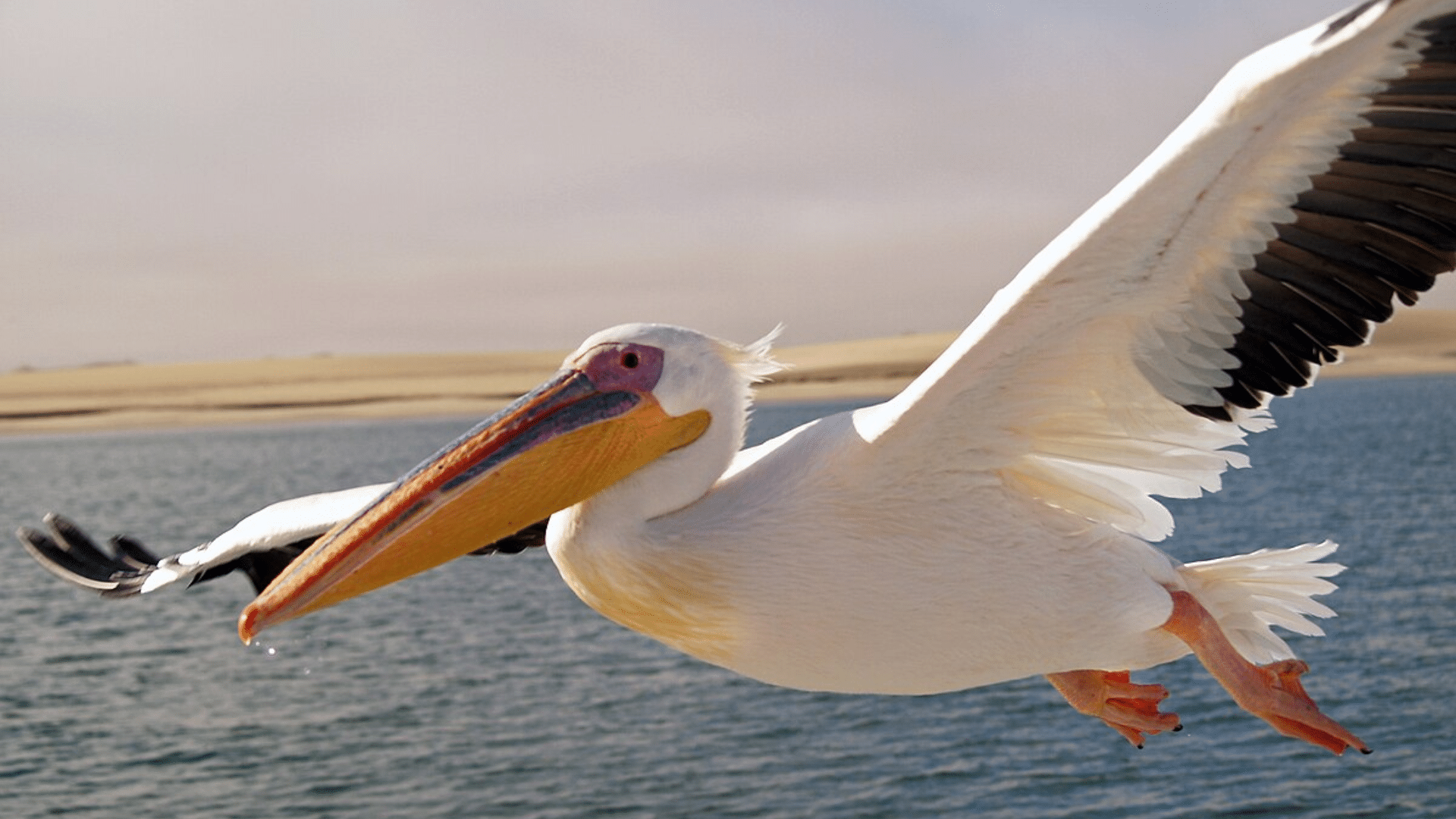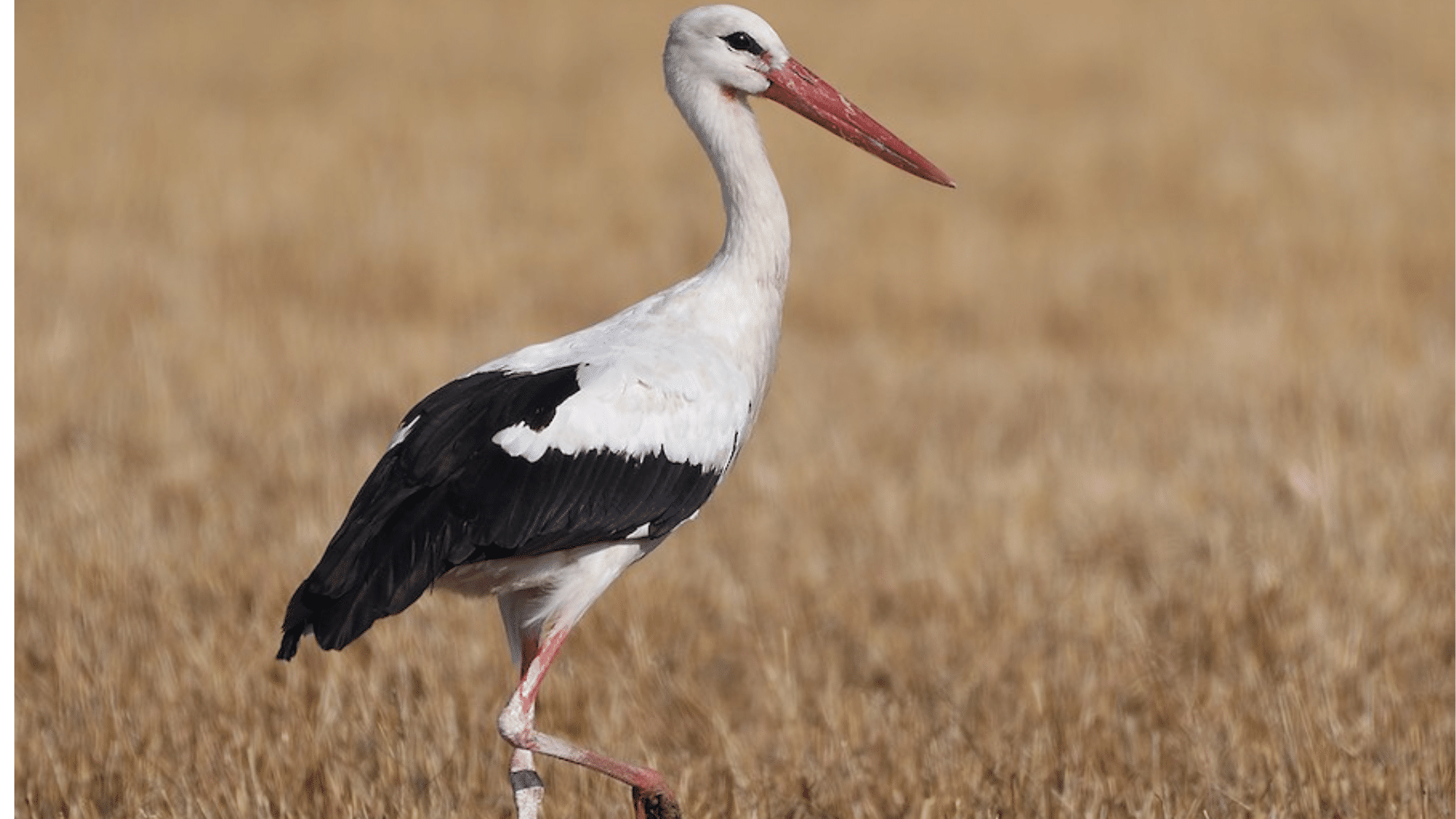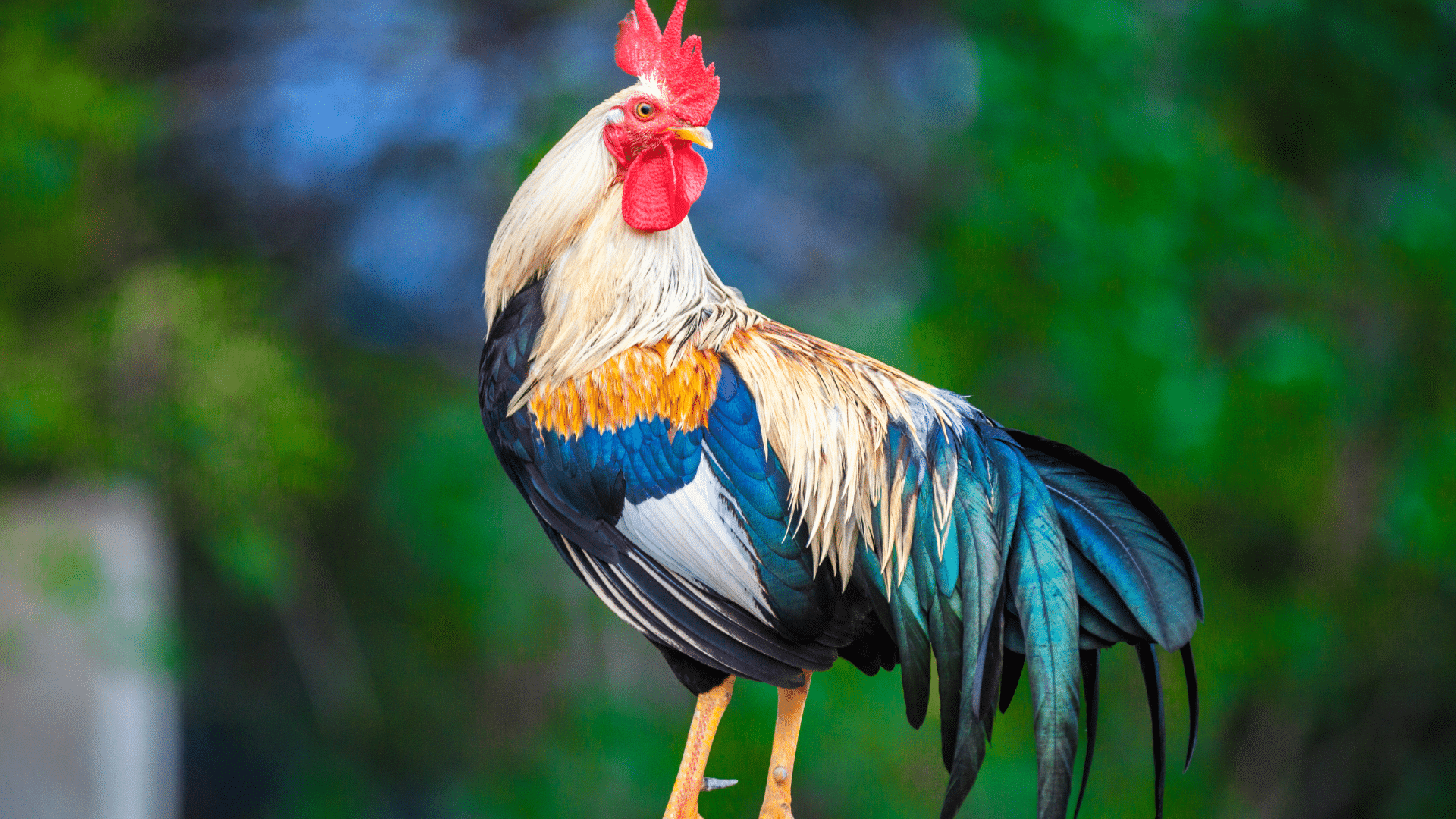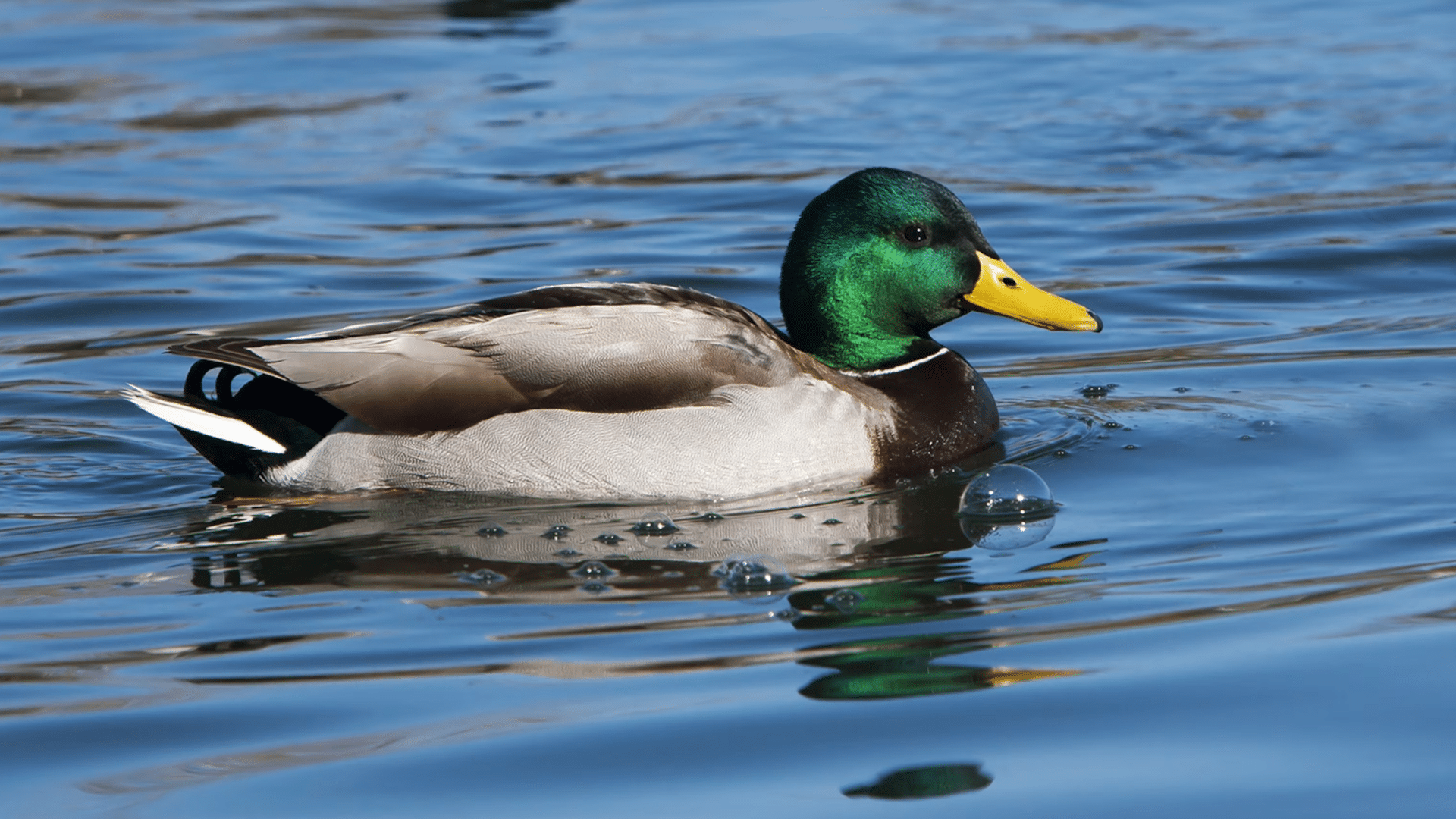Can a bird really make your day luckier, or is it just winging it?
Lucky birds are those traditionally believed to bring positive fortune, happiness, protection, and prosperity.
Across cultures, these birds are seen as symbols of positive energy, renewal, and blessings, often regarded as messengers of hope and positive luck.
Their presence is thought to attract favourable outcomes and create a sense of harmony and well-being.
Let’s go through the list of some lucky birds that people consider quite lucky.
Origin of The Term Lucky Bird
The term lucky birds comes from ancient cultural beliefs where birds were seen as symbols of fortune and protection.
Sailors, priests, and communities across the world viewed certain birds as messengers of luck, guiding people safely and bringing blessings.
Over time, these ideas became part of folklore and traditions, making some birds widely recognized as lucky.
List of Birds Considered Lucky
Throughout history and across cultures, these feathered friends have been cherished as symbols of good fortune, protection, and positive change.
1. Swallow
Small bird with glossy blue-black back, red throat, and long forked tail. Found worldwide, especially in Europe, Asia, Africa, and the Americas.
Cultural and Symbolic Significance: Symbolizes luck, safe return, renewal, and protection, associated with spring and new beginnings.
Fun Facts:
- Swallows are remarkable long-distance migrants, flying thousands of miles between breeding grounds and wintering areas, often averaging 200 miles per day during migration.
- They are expert aerial acrobats, darting and swooping through the air to catch insects, and can reach speeds of 25–30 mph while hunting.
2. Magpie
Medium-sized black and white bird with iridescent feathers. Found across Europe, Asia, and North America.
Cultural and Symbolic Significance: Seen as intelligent and playful; brings joy and wards off bad luck in some cultures.
Fun Facts:
- Magpies are known for their intelligence and playfulness. In East Asian cultures, especially in Korea and China, they are seen as harbingers of good fortune.
- In East Asian cultures, especially in Korea and China, they are seen as harbingers of positive fortune and joyful announcements.
3. Robin
Robin is a small bird with a bright red breast and brownish back. Common in Europe and North America.
Cultural and Symbolic Significance: Symbolizes new beginnings, happiness, and renewal. Often linked to messages from loved ones.
Fun Facts:
- Robins are associated with luck, joy, and new beginnings. Their cheerful song and red breast are thought to bring happiness to households.
- In some cultures, harming a robin is considered very unlucky, and seeing one is believed to mean a deceased loved one is watching over you.
4. Dove
These are small to medium-sized birds, usually white or pale gray. Found worldwide in temperate and tropical regions.
Cultural and Symbolic Significance: Represents peace, love, and harmony. Often released in ceremonies to mark new beginnings.
Fun Facts:
- Doves are universal symbols of peace and love. Their presence is believed to create a serene and harmonious atmosphere, attracting positive energies to the home.
- In many cultures, doves are also associated with hope and spiritual blessings.
5. Peacock
Large bird with iridescent blue and green plumage; males have spectacular tail feathers. Native to South Asia but introduced elsewhere.
Cultural and Symbolic Significance: Symbol of wealth, beauty, nobility, and protection. Feathers are believed to ward off evil.
Fun Facts:
- The peacock’s vibrant plumage and regal bearing have made it a symbol of wealth, prosperity, and nobility across many cultures.
- In some traditions, keeping peacock feathers in the home is believed to attract wealth and ward off negative energy.
6. Owl
An owl is a medium to large nocturnal bird with large eyes and a facial disk. Found worldwide except Antarctica.
Cultural and Symbolic Significance: Represents wisdom, knowledge, and protection. Seen as a guardian against negative energies.
Fun Facts:
- Owls can rotate their heads up to 270 degrees, allowing them to look in almost any direction without moving their bodies.
- They have specialized feathers that enable silent flight, making them effective nocturnal hunters.
7. Crane
Tall, slender bird with long neck and legs, mostly gray or white. Found across Asia, Europe, and North America.
Cultural and Symbolic Significance: Symbolizes longevity, health, peace, and fidelity. Known for lifelong pair bonds.
Fun Facts:
- Cranes are revered in East Asia for their elegance and grace, symbolizing longevity, wisdom, and positive fortune.
- They are often depicted in art and folklore as bringers of blessings and health.
8. Hummingbird
Hummingbird is a tiny bird with iridescent feathers, capable of hovering. Native mainly to the Americas.
Cultural and Symbolic Significance: Symbolizes joy, vitality, perseverance, and luck. Celebrates life’s small wonders.
Fun Facts:
- Hummingbirds, with their energetic movement and vibrant colors, symbolize vitality, joy, and the celebration of life’s small wonders.
- Spotting a hummingbird is thought to bring positive luck and energy.
9. Cardinal
Cardinal is a medium-sized bird with bright red plumage (males) and a crest. Found mainly in North and Central America.
Cultural and Symbolic Significance: Considered a sign of hope, resilience, and spiritual presence. Believed to represent loved ones watching over you.
Fun Facts:
- Male cardinals get their bright red color from pigments in their food, mainly carotenoids found in berries and seeds.
- During breeding season, males aggressively defend their territory and may attack their own reflection in windows or mirrors.
10. Sparrow
These are small brown and gray birds common worldwide in urban and rural areas.
Cultural and Symbolic Significance: Symbolizes protection and resourcefulness. In some cultures, their presence brings love or marriage blessings.
Fun Facts:
- Sparrows are highly adaptable and thrive in both urban and rural environments worldwide.
- In some cultures, sparrows are considered symbols of protection and are believed to bring blessings related to love and marriage.
11. Blue Jay
Medium-sized bird with bright blue, white, and black plumage. Native to North America.
Cultural and Symbolic Significance: Associated with luck and protection. Feathers are used in ceremonial headdresses.
Fun Facts:
- Blue Jays are known for their loud calls and ability to mimic the calls of other birds and even some mammals.
- Their feathers have been used in ceremonial headdresses symbolizing luck and protection.
12. Woodpecker
Medium-sized bird with a strong beak and stiff tail feathers, often black, white, and red. Found worldwide except Australia and Antarctica.
Cultural and Symbolic Significance: Symbolizes determination and opportunity. Seen as a sign of persistence and luck.
Fun Facts:
- Woodpeckers communicate by drumming on trees, using their strong beaks to create rhythmic sounds.
- They have shock-absorbing skulls that protect their brains from damage during pecking.
13. Pelican
Large water bird with a long beak and a throat pouch. Found near coasts and inland waters worldwide.
Cultural and Symbolic Significance: Symbolizes generosity, abundance, and nurturing. Considered lucky in some traditions.
Fun Facts:
- Pelicans use their large throat pouch to catch and drain water before swallowing fish.
- They are known for cooperative hunting, working in groups to herd fish into shallow waters.
14. Stork
Large bird with long legs and neck, mostly white with black wing feathers. Found in Europe, Asia, and Africa.
Cultural and Symbolic Significance: Represents fertility, family, and new beginnings. Associated with bringing babies in folklore.
Fun Facts:
- Storks build large nests that are often reused and added to year after year, sometimes becoming massive structures.
- They migrate long distances seasonally, traveling thousands of miles between breeding and wintering grounds.
15. Rooster
A male chicken with colorful plumage and a prominent comb. Domesticated worldwide.
Cultural and Symbolic Significance: Symbolizes vigilance, courage, and protection. Believed to ward off evil spirits and bring luck.
Fun Facts:
- Roosters crow at dawn to announce the start of the day and establish territory.
- They have sharp spurs on their legs used for defense and fighting rivals.
16. Duck
Medium-sized waterfowl with broad bills and webbed feet. Found worldwide in freshwater and coastal habitats.
Cultural and Symbolic Significance: Represents adaptability, resourcefulness, and emotional balance. Considered lucky in some cultures.
Fun Facts:
- Ducks can migrate long distances during seasonal movements, often flying in characteristic V-formations.
- Some duck species form strong pair bonds that last through the breeding season or longer.
Note: In the world of birds, luck comes in many forms as a symbol of new beginnings, protection, or renewal. Next time you spot one of these lucky birds, take a moment to appreciate their beauty and the unique meaning they carry.

